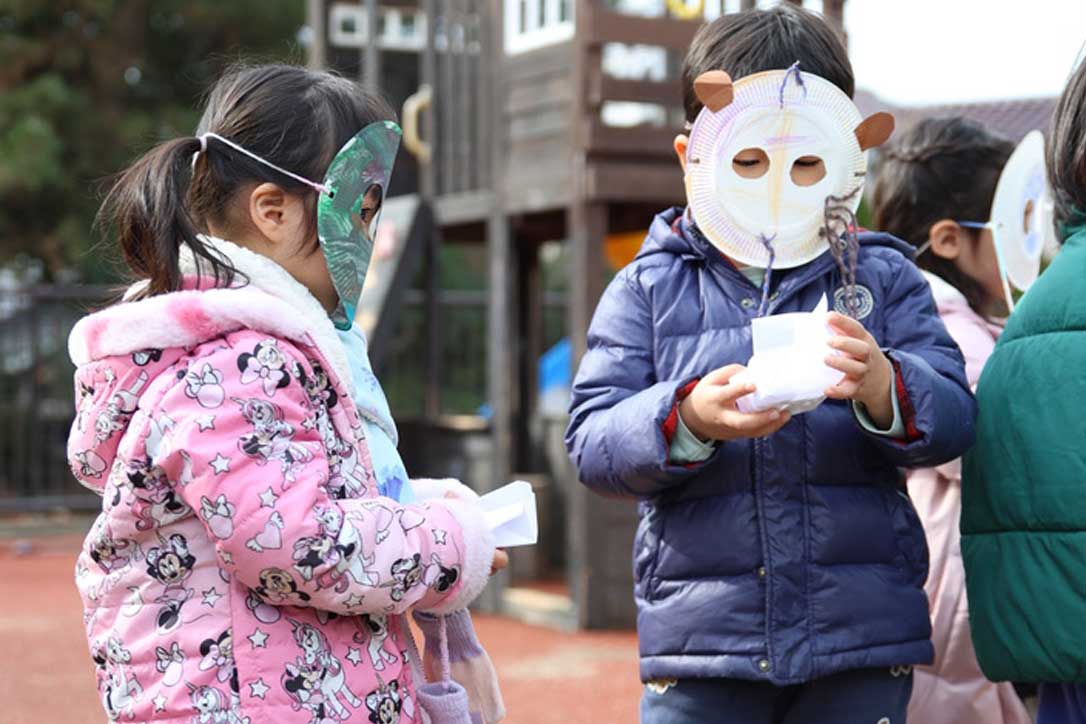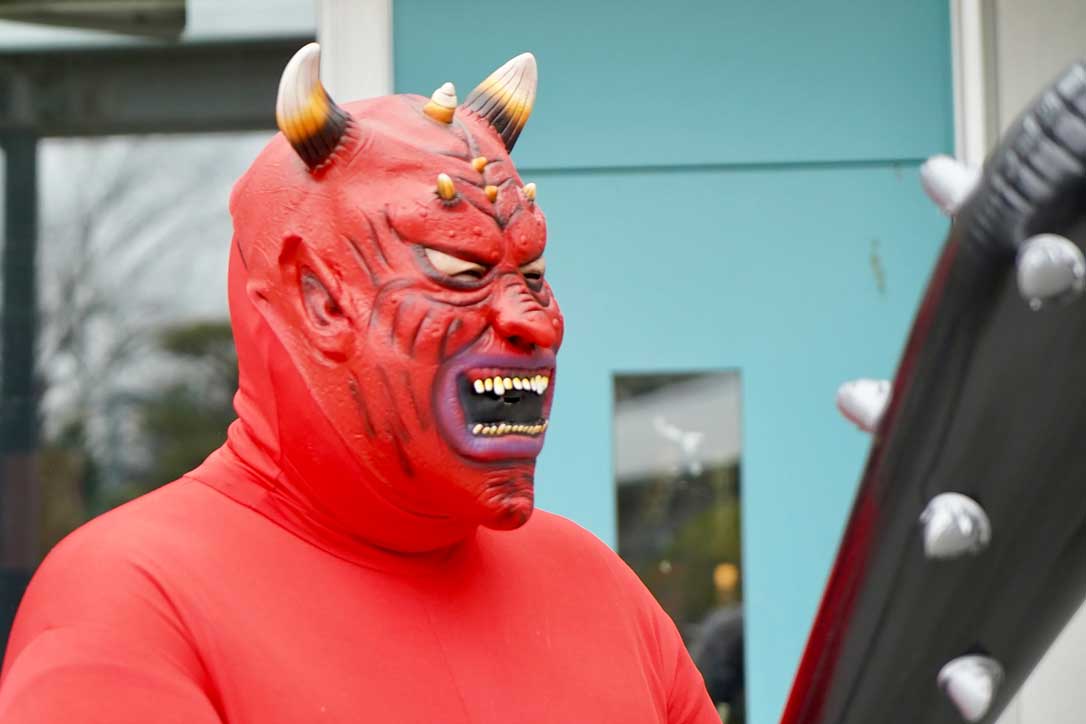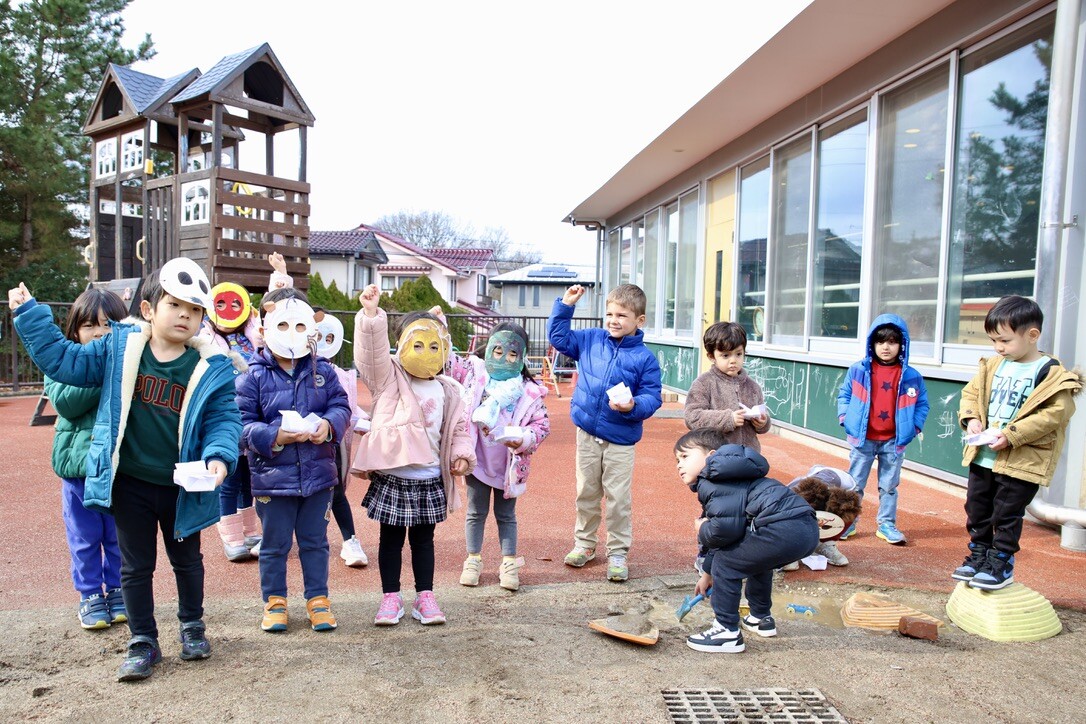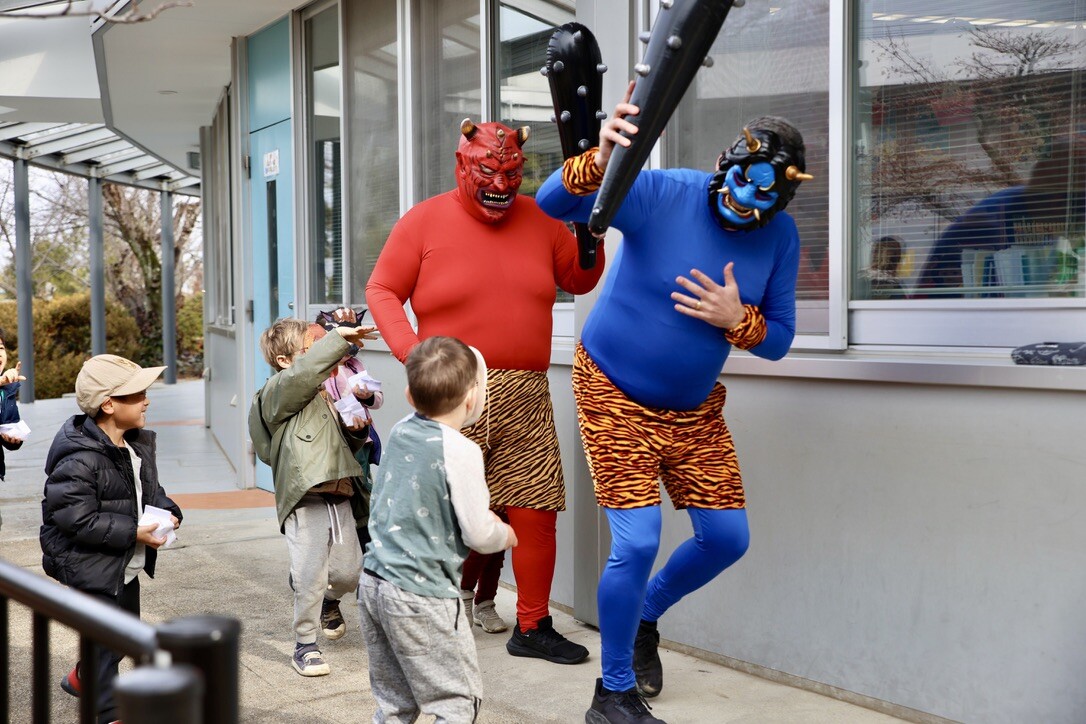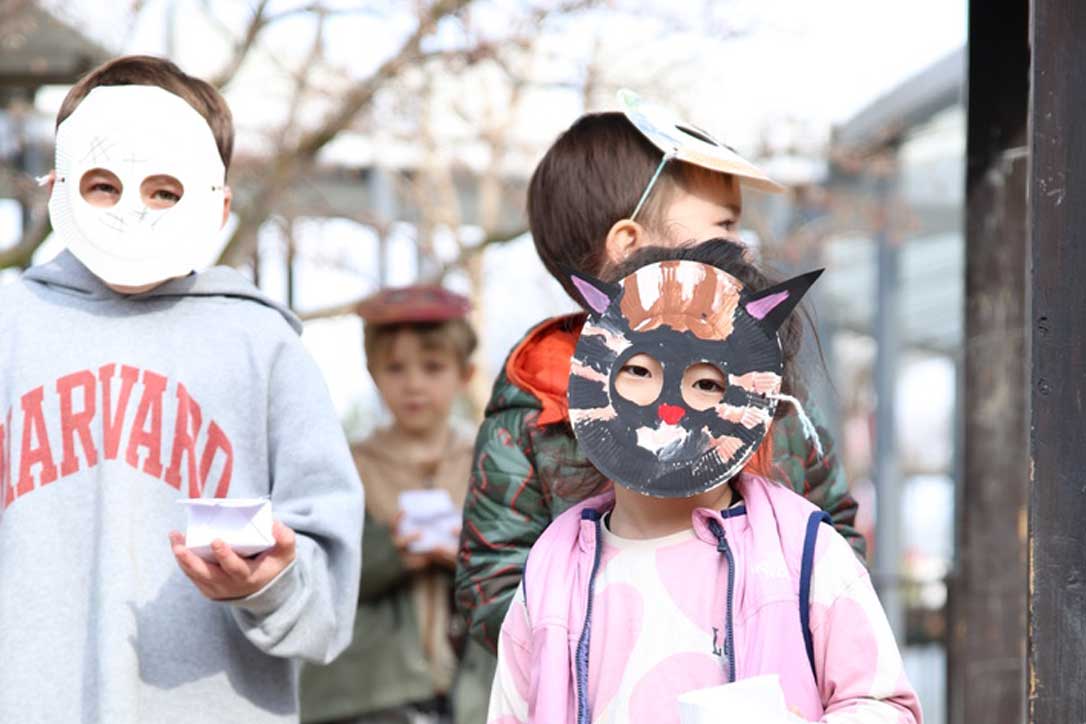
Story Updated: February 10, 2025
Oni wa Soto! Fuku wa Uchi! Literally translated: Out with the devil and in with good luck! This is the rallying cry for families throughout Japan on February 2nd as they usher in the start of  Spring, and a new year, according to the ancient lunar calendar.
Spring, and a new year, according to the ancient lunar calendar.
The festival is called Setsubun (節分), which literally means a division of the seasons. It is an annual tradition and the reason you may have seen an abundance of dried soybeans and scary devil masks populating the local grocery stores in the weeks since the New Year celebrations ended.
Chasing Away Bad Fortune
Avoiding bad fortune and ushering in good luck is the central theme of this annual rite. In more ancient times, this usually meant using things that were smelly or noisy - like burning fish heads (yuck!) or beating drums to keep away the bad luck. Even still today, some people will stick a spiny holly branch in a dried sardine and leave it in their entryway to ward off evil spirits.
But in today's celebration, the real fun is centered around throwing the ubiquitous dried soybeans at someone dressed up as a demon while repeating the above mantra. The beans are meant to drive away the demon but have extra meaning for good health! If you pick up and eat the number of beans for the age that you will turn in the coming year, you will have good health!
Celebrating Japanese Traditions at NIS
Setsubun is an example of how we mark and celebrate the traditions of our home country of Japan. Every year the ELC prepares for days before and anticipates the time they can drive out the big bad Oni. This year, like so many before, the tension was high, the students were vibrating with excitement and then they appeared! Not one, but two big bad Oni of bright red and blue! Students shouted and beans flew…soon the Oni, with their giant clubs, were defeated by the brave ELC students and they ran away! Good luck prevailed and everyone rejoiced!
Our heroic students saved the day, but more importantly, these opportunities, especially cultural celebrations (read about our Diwali and Lunar New Year celebrations, too!), bring a chance to explore and inquire. In the ELC, our youngest students do this so well under the guidance of their inspiring team of teachers.
Inquiring Deeper
In this Japanese tradition, masks play a special role as we chase away the Oni and welcome good fortune for Setsubun. But beyond the festival, masks invite us to wonder… Are we hiding, transforming, or revealing something deeper? From playful disguises to powerful symbols, the ELC students used masks to express, imagine, and step into different roles. Whether they were fearsome or funny, they were all full of personality! They remind us that we all wear different faces at times—of bravery, of curiosity, of play, of who we are.
Which mask will you wear today? What does your mask say about you? Bringing these local traditions to the classroom helps us celebrate our multiculturalism, broaden our understanding of other traditions, and bring a lot of fun into the classroom, too! It is the perfect example of how Inquiry can Inspire and have lasting Impact!


